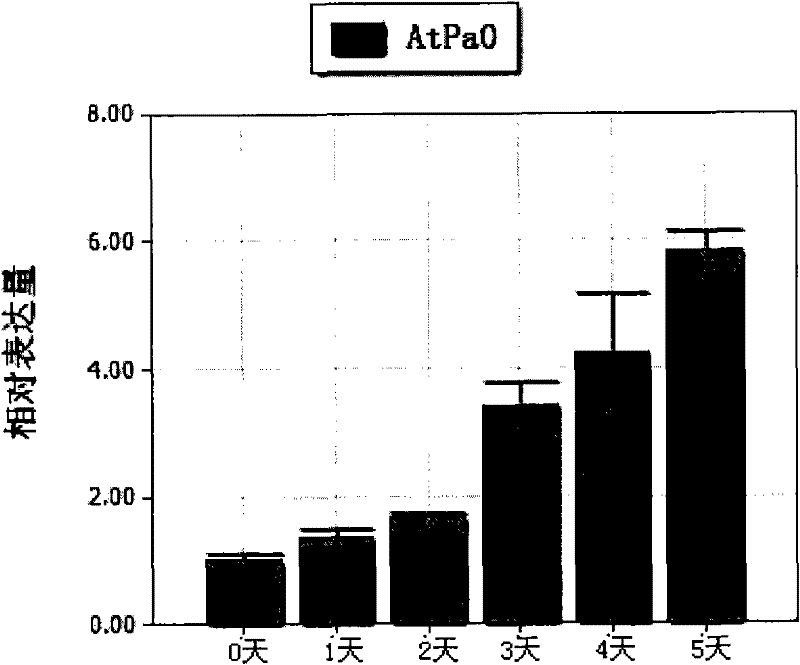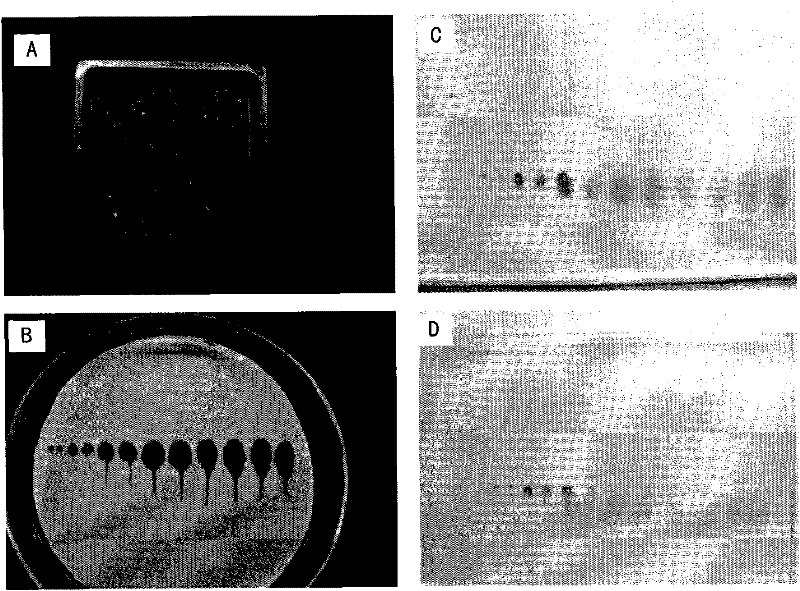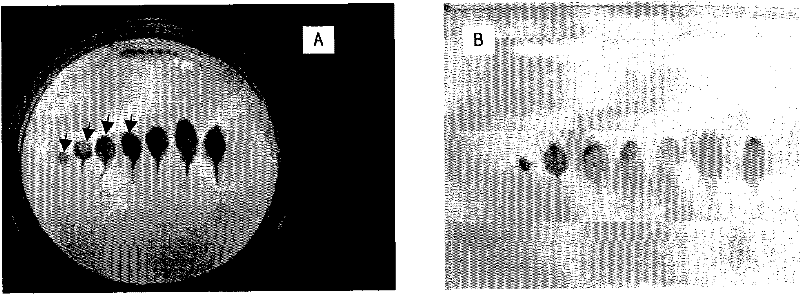A kind of plant senescence-specific promoter and application thereof
A plant senescence and promoter technology, applied in the biological field, can solve the problems of resource waste, unfavorable plant healthy development, and plant growth and development poisoning.
- Summary
- Abstract
- Description
- Claims
- Application Information
AI Technical Summary
Problems solved by technology
Method used
Image
Examples
Embodiment approach
[0066] The present invention provides a plant senescence-specific promoter, which has the following characteristics: (a) located upstream of the pheophorbide oxidase gene (called AtPaO in Arabidopsis) (preferably located at Pheophorbide oxidase upstream -2800 to the 200th position in the coding region); (b) has the function of responding to plant senescence signals and initiating the specific expression of the target gene; (c) has the necessary sites for initiating transcription and the transcription initiation point; And (d) the base length is 500-3000. As an embodiment of the present invention, the promoter has the nucleotide sequence shown in SEQ ID NO:1.
[0067] Hybridization of polynucleotides is a technique well known to those skilled in the art, and the hybridization properties of a particular pair of nucleic acids indicate their similarity or identity. Therefore, the present invention also relates to hybridization with the aforementioned specified nucleotide sequence...
Embodiment 1
[0109] Embodiment 1, amplification, cloning and sequence analysis of promoter
[0110] Using Arabidopsis genomic DNA as a template for PCR amplification, a DNA amplification product of about 2093bp was obtained, which was connected to pMD 19-T Vector, and the result was correct after sequencing. The full sequence of the promoter is shown in SEQ ID NO:1.
[0111] This sequence is the promoter of the key enzyme AtPaO in the chlorophyll degradation pathway in Arabidopsis. Therefore, the expression of AtPaO under dark induction conditions was detected by conventional Realtime PCR method.
[0112] It was found that under dark induction conditions, the expression level of AtPaO gene was up-regulated with the increase of dark induction days, see figure 1 . Therefore, it can be seen that the promoter of the AtPaO gene is a senescence-specific promoter.
Embodiment 2
[0113] Embodiment 2, the construction of promoter plant expression vector
[0114] First use Xhol I and BamH I to double digest and recover the 2Kb promoter sequence, then use Sal I and BamHI to double digest pBI 101.3 (purchased from Takara), recover the large fragment, connect the recovered two fragments, transform Escherichia coli, and extract The plasmid was digested and identified, and the promoter was correctly connected into the vector pBI101.3 to obtain pBI101.3-Promoter-GUS.
[0115] The recombinant vector pBI101.3-Promoter-GUS was transformed into Agrobacterium C58 by electric shock transformation method, and after PCR amplification, a band of about 2Kb was identified in 1% agarose gel electrophoresis, which proved that pBI101.3-Promoter-GUS The vector has been transformed into Agrobacterium C58.
PUM
 Login to View More
Login to View More Abstract
Description
Claims
Application Information
 Login to View More
Login to View More - R&D
- Intellectual Property
- Life Sciences
- Materials
- Tech Scout
- Unparalleled Data Quality
- Higher Quality Content
- 60% Fewer Hallucinations
Browse by: Latest US Patents, China's latest patents, Technical Efficacy Thesaurus, Application Domain, Technology Topic, Popular Technical Reports.
© 2025 PatSnap. All rights reserved.Legal|Privacy policy|Modern Slavery Act Transparency Statement|Sitemap|About US| Contact US: help@patsnap.com



